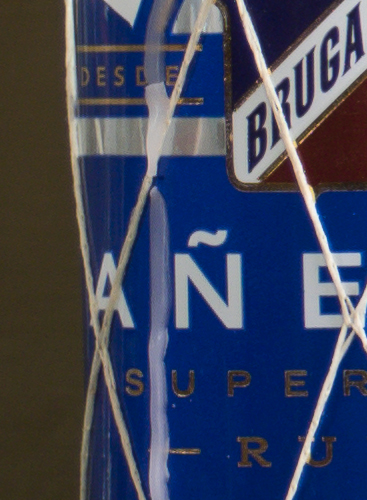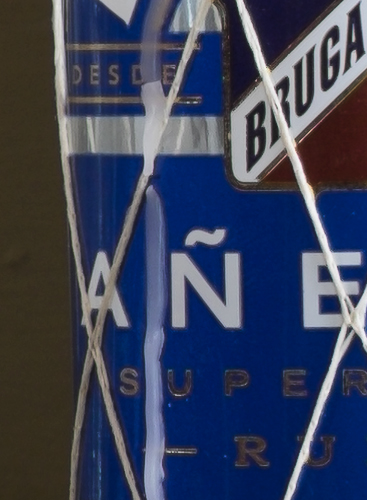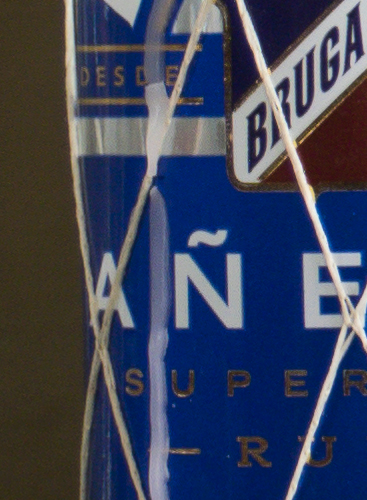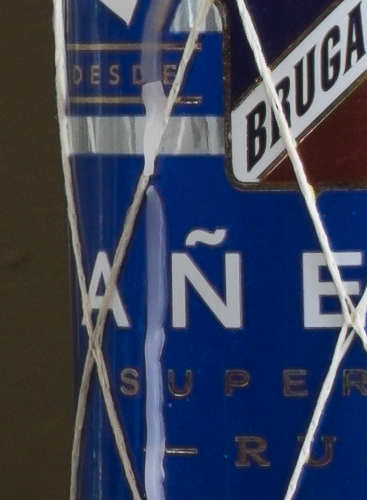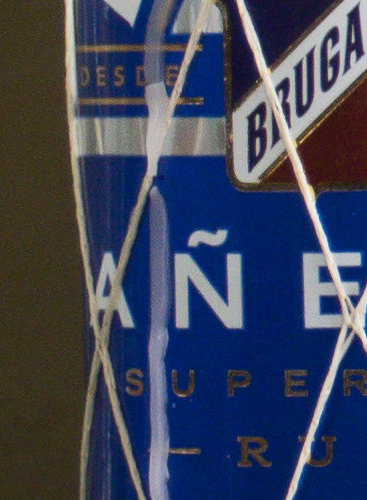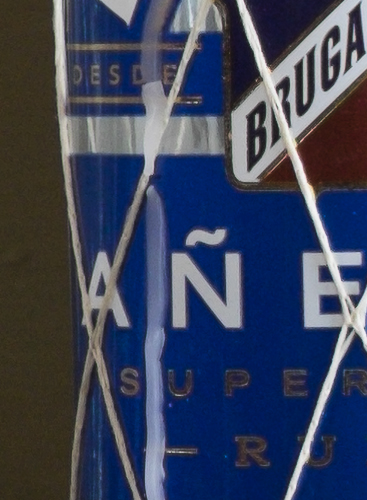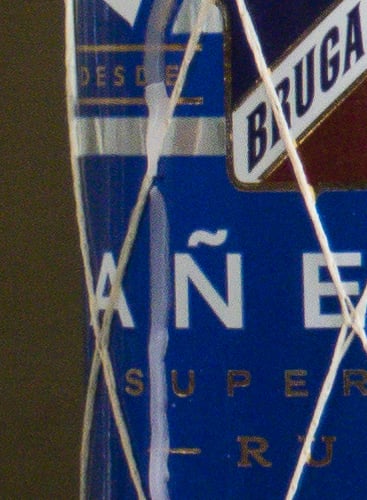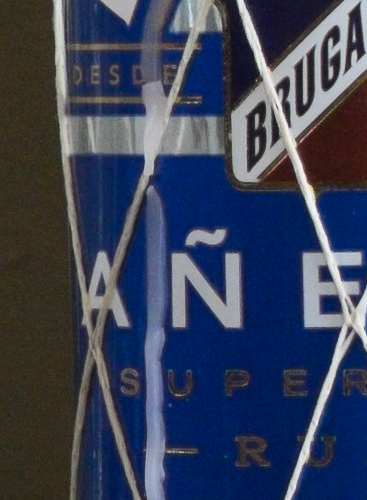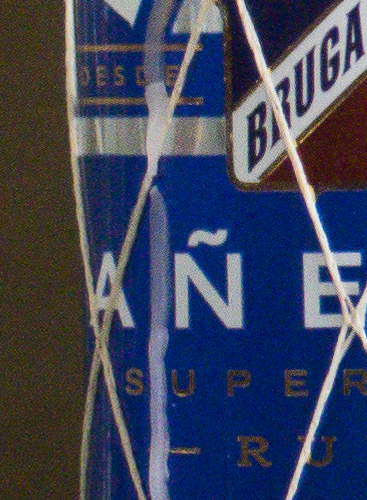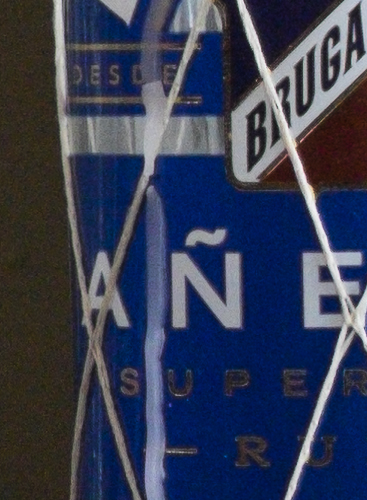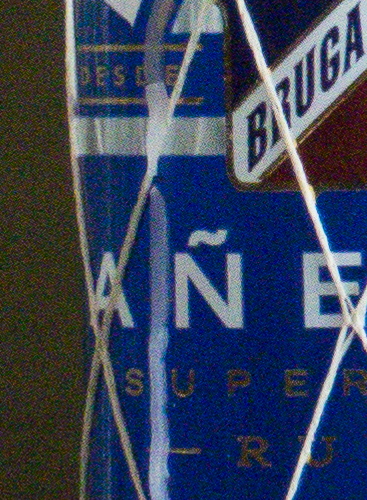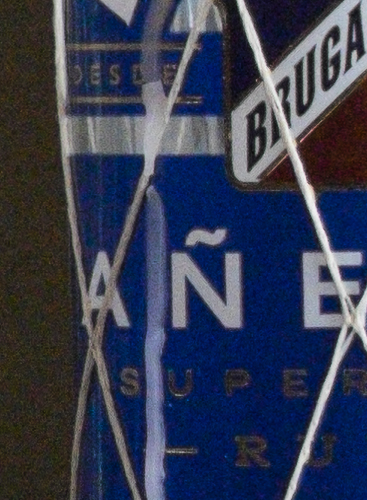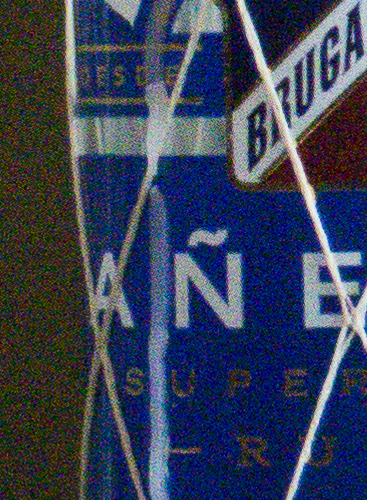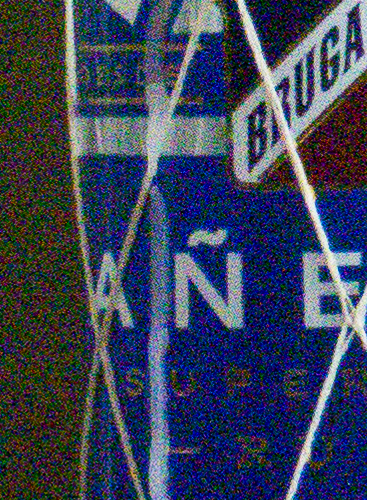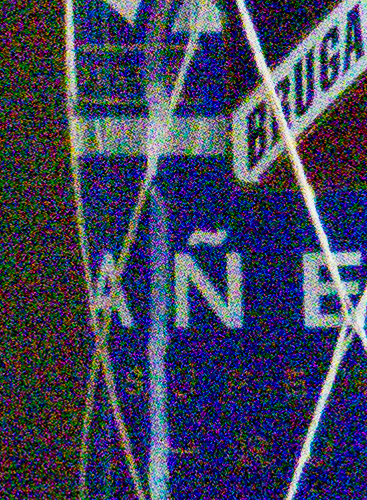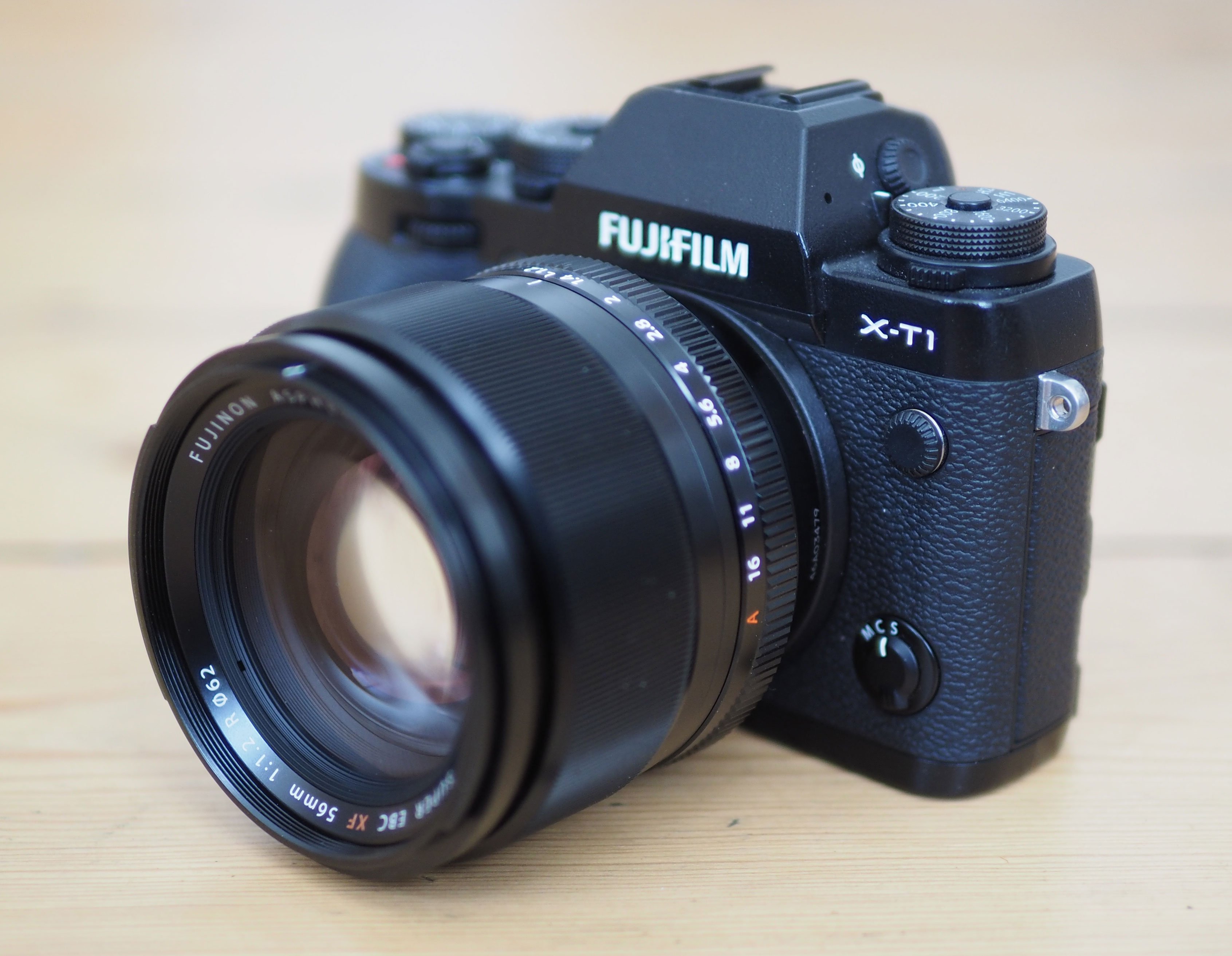
Fujifilm XT1
-
-
Written by Gordon Laing
Fujifilm XT1 vs Olympus OMD EM1 Noise RAW
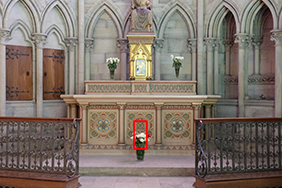 To compare RAW noise levels under real-life conditions, I shot this scene with the Fujifilm XT1 and Olympus OMD EM1 within a few moments of each other using their RAW+JPEG settings at each of their ISO sensitivity settings. On this page I’m comparing their RAW quality. In my first noise comparison the XT1 was fitted with the Zeiss Touit 32mm f1.8 and the OMD EM1 fitted with the Leica 25mm f1.4, both set to f8 in Aperture Priority mode. Due to the crop factors on their sensors, both cameras delivered the same field of view. I have a second noise comparison lower on the page using the kit zooms. In my comparison below you can see how the Fujifilm X-T1 compares against the Olympus OMD EM1 when both cameras are set to RAW and their images processed using Adobe Camera RAW (v8.4 Beta) using identical settings: Sharpening at 50 / 0.5 / 36 / 10, Luminance and Colour Noise Reduction both set to zero, the White Balance set to 3250K and the Process to 2012 with the Adobe Standard profile; ACR loaded lens profiles for both images and I enabled their correction. The high degree of sharpening with a small radius enhances the finest details without causing undesirable artefacts, while the zero noise reduction unveils what’s really going on behind the scenes. Once again I fitted the Fujifilm X-T1 and Olympus OMD EM1 with prime lenses which would deliver a similar field of view once their sensors had been taken into account. For the X-T1 I used the Zeiss Touit 32mm f1.8 and for the EM1 I used the Leica 25mm f1.4. In this case the Touit was around 50% more expensive. I wanted to use the Fujifilm 35mm f1.4 as it’s similarly priced to the Leica 25mm f1.4, not to mention sharing the same aperture and supporting the X-T1’s Lens Modulation Optimiser, but Fujifilm was unable to send me one for testing and no UK hire firms had one available at the time of testing. So I used the Touit instead, which I rented from UK firm, hireacamera. I intend to repeat this test in the future with the Fujifilm 35mm f1.4. The first things you’ll notice from the comparison below are missing results from the X-T1 – this is because RAW is not available for any of the extended ISO value, so no RAW for 100, 12800, 25600 or 51200 ISO. Moving onto the crops, I’d say the sharpness is now similar between both cameras at the low end of the sensitivity scale, and that some fine details have been unlocked on both models; I’m also pleased to see greater highlight detail on the rose petals from the EM1 crops than the in-camera JPEGs. But the high sharpening coupled with zero noise reduction means a sprinkling of noise is visible pretty much from the base of the EM1 range, and by 400 ISO it’s become quite obvious compared to the X-T1. Just look at the 800 and 1600 ISO crops: the EM1 is still capturing lots of nice detail, but the file is peppered with noise that simply isn’t present to anywhere near the same degree on the X-T1 despite the same sharpening and NR settings. I’d say the X-T1 is about two stops ahead of the EM1 in this test, which is very impressive. I’ve also repeated the spirit bottle comparison below the first table too, where the areas of flat colour make noise comparisons very easy to see, and again confirm a two stop advantage to the X-T1. Interestingly the X-T1 RAW files here are lacking the bite of the JPEGs on the previous page, which suggests the Lens Modulation Optimiser is doing its magic on the 18-55mm kit zoom JPEGs. But the bottom line here is while the X-T1 and EM1 share similar degrees of real-life detail at their lowest sensitivity, the Fujifilm quickly enjoys a two-stop advantage in noise levels as you increase the ISO for RAW data. Clever processing allows the EM1’s JPEGs to still look relatively noise-free up to 800 ISO, but this comes at the cost of lower highlight tonal detail in my tests. So whichever way you look at it – JPEG or RAW – the X-T1 delivers superior image quality to the EM1. Just before wrapping-up my results – for now – I took another look at my images from the full-frame Sony A7 and A7r, along with the Canon EOS 5D Mark III and Nikon D800e. Their sharpened RAW files with zero NR exhibited visible noise textures as low as 400 ISO, and I’d say at higher sensitivities the Fujifilm X-T1 actually looks cleaner. Now there are a number of caveats here to note. First is that the composition and lighting were different on my tests. Second is that for full-frame tests I apply more sharpening for my RAW crops than I do for APS-C and Micro Four Thirds. And third, all the full-frame bodies mentioned above had higher resolutions, packing 50% to over 100% more pixels per image. But even with those caveats I think it’s clear to see just how much noise is present on flat textures on the full-frame images, and just how clean the images are from the X-T1 – it’s certainly piqued my interest to make a full-frame comparison as soon as I can get hold of the required gear. Watch this space for updates! Now it’s time to check out my Fujifilm X-T1 sample images or skip ahead to my verdict!
|















